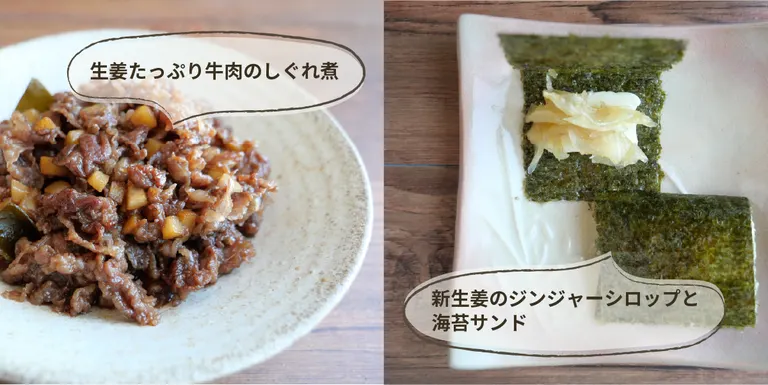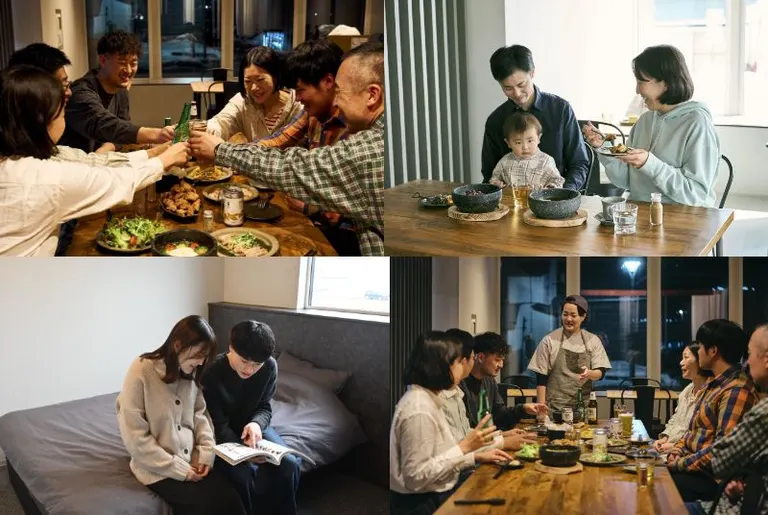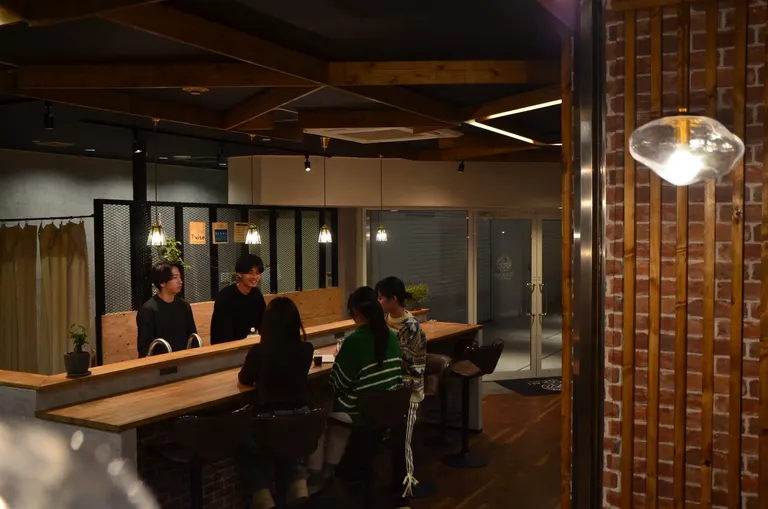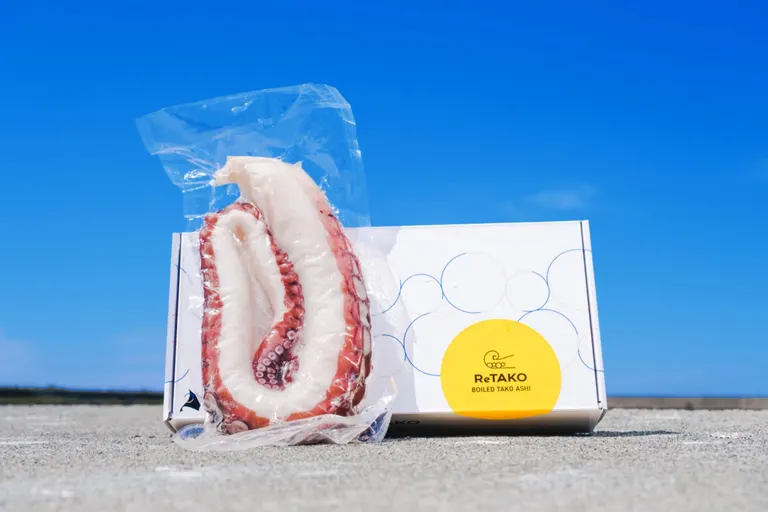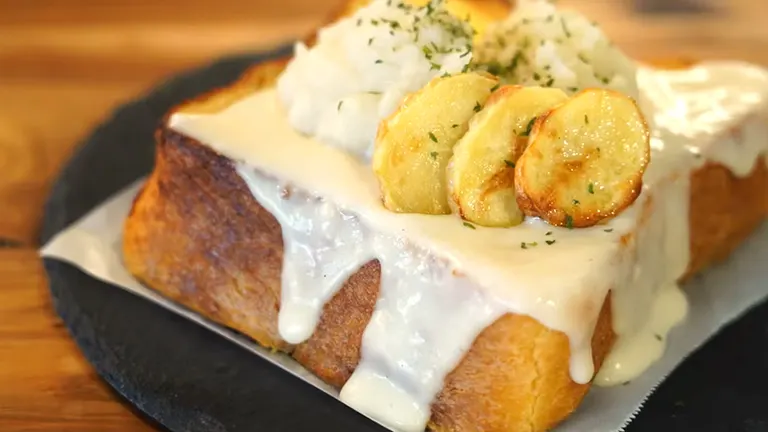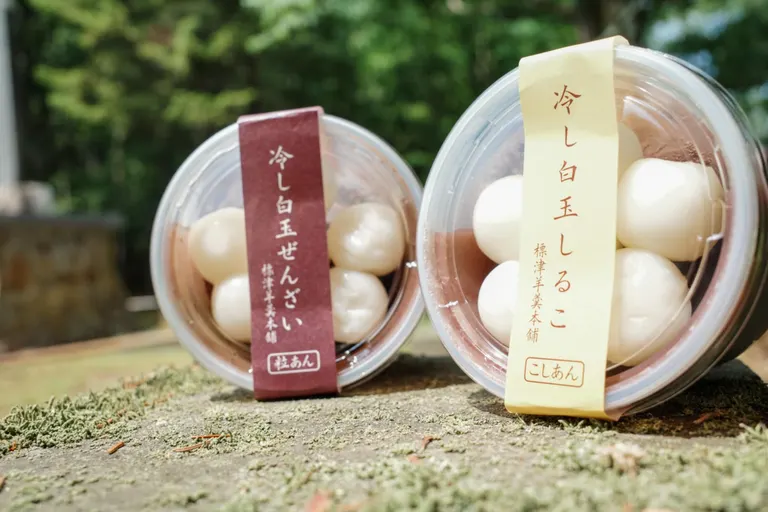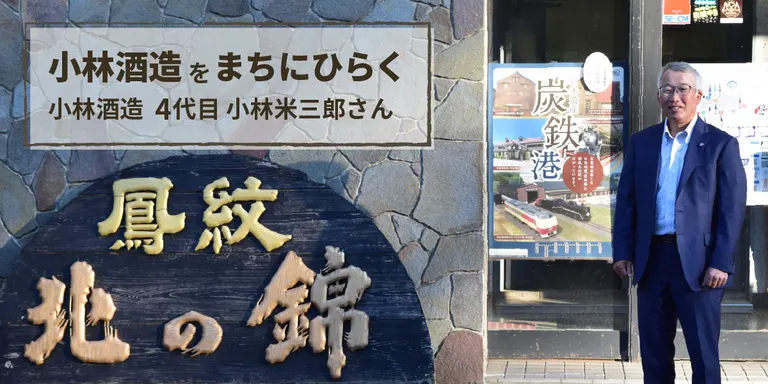
ARTICLES
Opening up sake brewing to the local community. Kobayashi Sake Brewery adapts to the changing times, and the vision of fourth-generation Kobayashi Yonezaburo
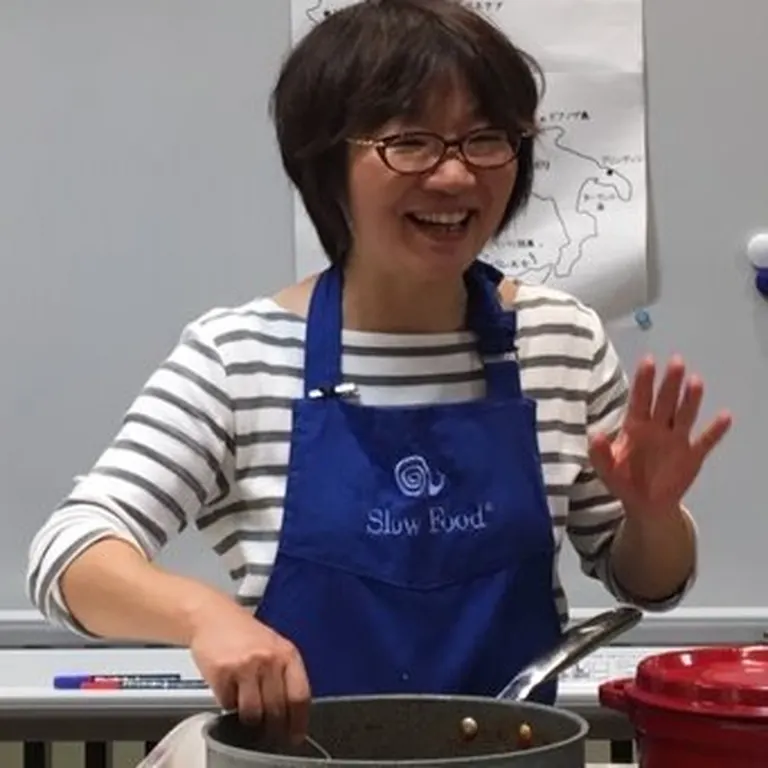 Chef
Matsuda Maeda
Chef
Matsuda Maeda
I live in Hokkaido. I am an Italian chef who loves kelp. dancyu series "Where is kelp going?" Ethical is delicious!! "Visiting the terroir of kelp" Recipes supported by magazines, TV, newspapers, and municipalities. Chef recipes published in "Japan: The power of food made from the bounty of the sea"
The person we spoke to this time was Kobayashi Yonezaburou, the fourth generation owner of Kobayashi Sake Brewery. We spoke to him about a variety of topics, including "Why did you start a sake brewery in Kuriyama Town?" and "How did Kita no Nishiki become such a unique sake?", about the relationship between the region and sake, and his outlook for the future! Learning about Kobayashi Sake Brewery, which has developed alongside the local community and continues to produce high-quality sake, is sure to make your Kita no Nishiki sake taste even better.
table of contents
1. Kobayashi Sake Brewery: A long-established sake brewery founded 143 years ago 2. Kobayashi Sake Brewery's sake brewing history goes hand in hand with the rise and fall of the Yubari coal mine 3. Kobayashi Sake Brewery: The Challenge of Fourth Generation Kobayashi Yonezaburo to Revive the Brewery 4. The potential for sake brewing using Hokkaido rice 5. Turning Kobayashi Sake Brewery into a "Sorachi Sake Theme Park"
Founded 143 years ago! Long-established sake brewery "Kobayashi Sake Brewery"
Everyone, do you like sake? The editorial team at Domingo loves Japanese sake so much that when we travel, we end up buying more and more sake, and our luggage piles up. We also love Kobayashi Sake Brewery's strong, rich rice flavored sake. Kobayashi Sake Brewery is a long-established sake brewery founded 143 years ago. The main sake brand is "Kita no Nishiki," but they also sell many other popular brands such as "Hokuto Zuishu," "Maruta," and "Fuyu Hanabi," with around 30 different varieties. Kita no Nishiki Online Shop "The theme of Kobayashi Sake Brewery is to be able to see the faces of all the rice producers and to make sake that reflects the local climate. We use rice from Hokkaido and make sake that has a strong rice flavor."
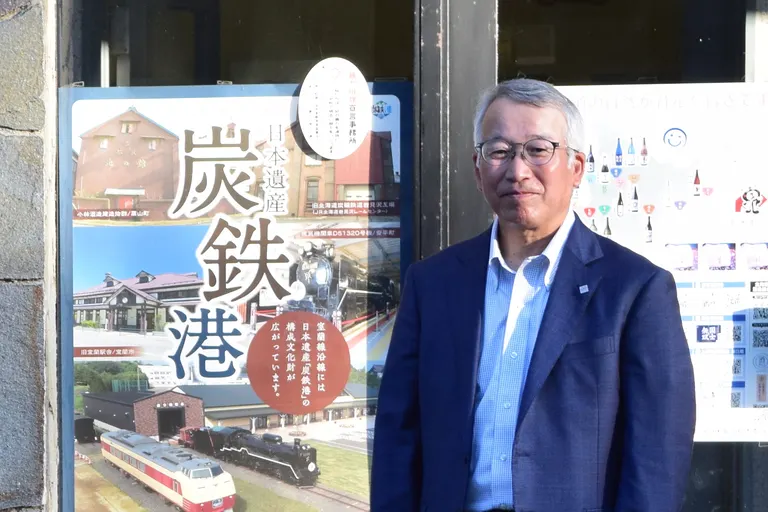
4th generation Kobayashi Yonezaburo
Kobayashi Sake Brewery's sake is made using 100% Hokkaido rice. With the basic premise of 100% designated sake (※), the brewery brews sake according to the characteristics of the rice grown by farmers in each region.
*Specific name sake: Specific name sake refers to ginjo sake, junmai sake, and honjozo sake, and sake that meets certain requirements can be labeled with that name. ( From the National Tax Agency website )
Kobayashi Sake Brewery's sake brewing is linked to the history of the rise and fall of the Yubari coal mines
Kobayashi Sake Brewery is known for its 17 beautiful brick and stone storehouses built on a site of 33,000 square meters, which is also designated as a registered tangible cultural property.
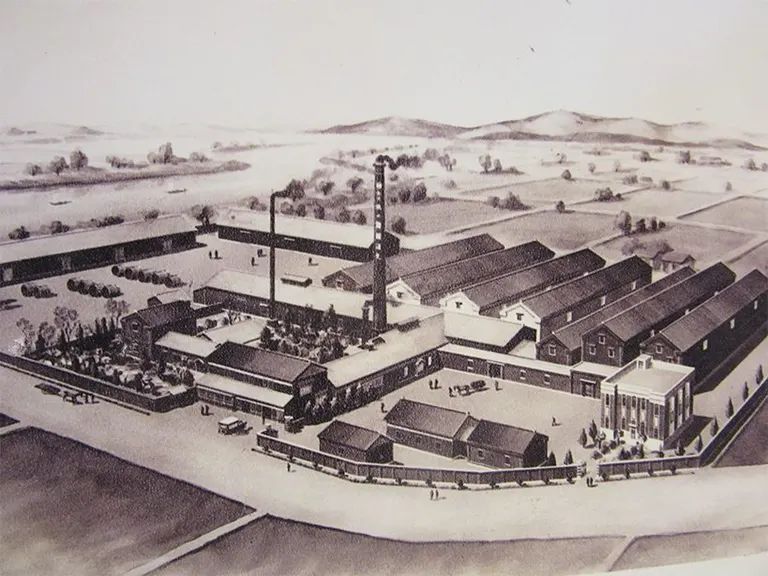
Photo courtesy of Kobayashi Sake Brewery
How has Kobayashi Sake Brewery been able to grow so rapidly as a sake brewery? Let's take a look at the history of Kobayashi Sake Brewery. Its origins date back to 1878 (Meiji 11). The founder, Kobayashi Yonezaburou, was originally from Niigata and moved to Hokkaido, where he founded the company in Sapporo with the desire to "make a name for himself in Hokkaido." He ran a sake brewery using water from the Sosei River. Around 1900, about 20 years after its founding, Kobayashi Sake Brewery reached a turning point. Witnessing the thriving Yubari coal mines and the steady flow of people and money to Yubari, Kobayashi Sake Brewery relocated to Kuriyama-cho (then Tsunoda Village), located very close to the economically thriving city of Yubari.

Photo courtesy of Kobayashi Sake Brewery
The miners who worked in the Yubari coal mine risked their lives every day in their work. They didn't know what tomorrow would bring, so they enjoyed drinking to relieve the fatigue of today and regain their energy for the next day. With the added boost of having acquired the right to supply sake to Hokutan (Hokkaido Colliery & Co., Ltd.), the sake sold like hotcakes, and Kobayashi Sake Brewery entered its golden age. The relationship between the Yubari coal mine and Kobayashi Sake Brewery doesn't end there. The company used the energy from coal mined at the Yubari coal mine to make sake, which was considered difficult in the extremely cold climate of Hokkaido. In this way, Kobayashi Sake Brewery has grown significantly along with the history of the coal mine.
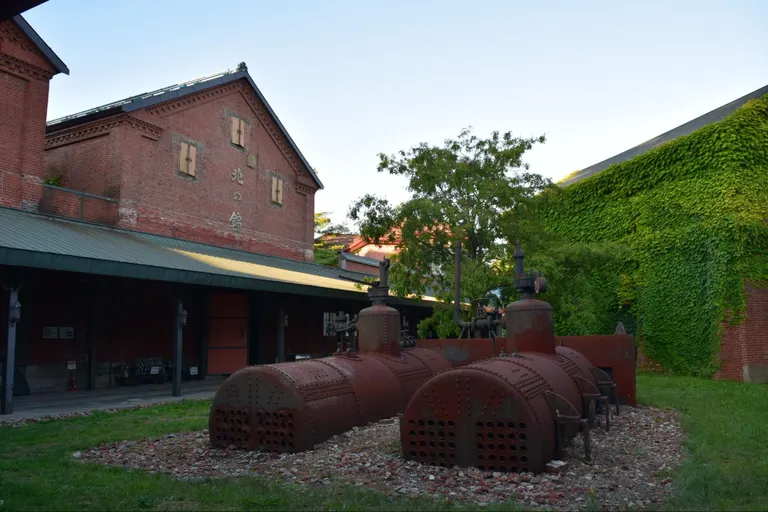
However, as time passed, and with the start of motorization after the war, the Yubari coal mines fell into rapid decline. As the coal mines fell into decline, sales of sake, which had been popular among the miners, also plummeted. With the decline of the coal mines as a turning point, the company decided to shift its focus from sake brewing, which had focused on quantity, to one that emphasized quality. In 1985, we fulfilled our long-cherished dream of selling sake made from 100% Hokkaido rice.
Kobayashi Sake Brewery: The Challenge of Fourth-Generation Yonezaburo Kobayashi to Revive the Brewery
Although they succeeded in their long-cherished dream of producing sake using 100% Hokkaido rice, difficult times continued to ensue. The current representative, 4th generation Kobayashi Yonezaburo, joined Kobayashi Sake Brewery in 1989 (Heisei 1). He worked for a general company for two years, then worked in the petroleum industry for two years at Nippon Oil, a manufacturer that Kobayashi Sake Brewery trades with, before returning to Kobayashi Sake Brewery. "There was a time when I resisted taking over the family business. My maiden name is Kobayashi Yoneko, which means to be filial to rice, right? It was pretty much decided that I would take over Kobayashi Sake Brewery from the moment I was born. I had a lot of conflicts, but I decided to return to Kobayashi Sake Brewery."
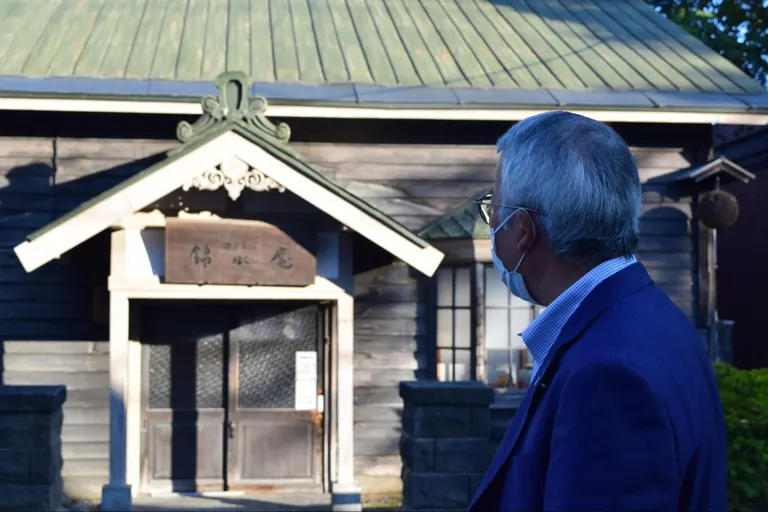
When he returned, Kobayashi Sake Brewery was in such a state that it seemed like it could go bankrupt at any moment. "I wanted to bring vitality back to Kobayashi Sake Brewery and the town. I focused on two things. The first was to turn the brewery into a tourist resource. The second was to improve the quality of the sake." The first thing fourth-generation owner Kobayashi Yonezaburou did was to turn the brewery into a tourist attraction. In 1989, we started holding the "Sake Brewery Festival" on the second Saturday and Sunday of April, during which we open the brewery to the public. This is an annual festival where local food stalls are lined up and "nama nigori sake" is served only for these two days. Before COVID-19, it is said that more than 20,000 people attended the festival every year.
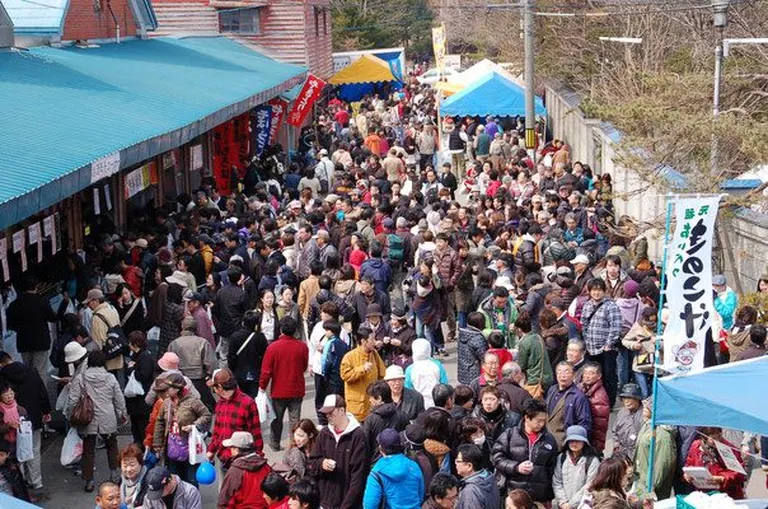
Photo courtesy of: Long-established Festival
In 1995, the Kitano Nishiki Brewery Memorial Hall was opened. This building was completed in 1944 and was used as a bank and the former head office. It is currently a direct sales store for Kobayashi Sake Brewery's sake, and is a must-see spot for sake lovers, where you can sample and purchase the sake.
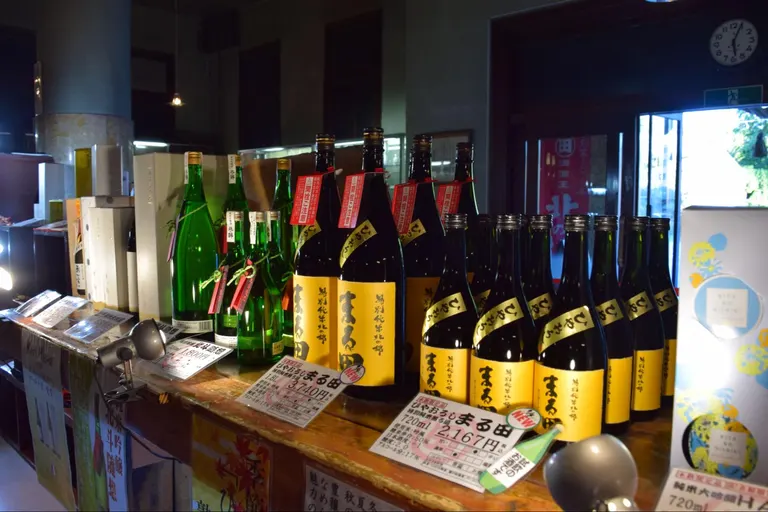
Additionally, on the second floor, there are approximately 5,000 sake wares and fixtures on display that allow you to trace the history of Kobayashi Sake Brewery, and you can also imagine what life was like back then.
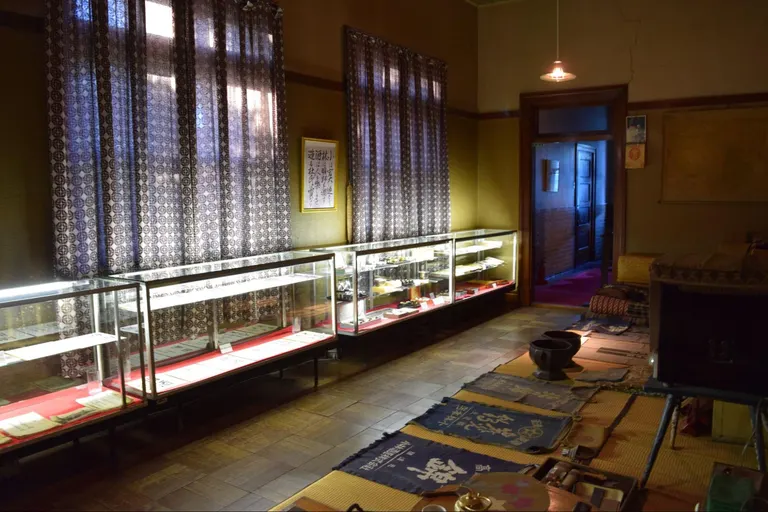
Other related facilities such as Kobayashiya and Kinsui-an also entertain us. "When we opened the brewery to the local community, we began to hear a variety of feedback from our customers. One of the things we heard, "Drinking Kobayashi Sake Brewery's sake gives me a headache," may have been a turning point for Kobayashi Sake Brewery." Based on the feedback from customers who drink Kobayashi Sake Brewery's sake, the brewery has focused on improving the quality of the sake. The aim was to create a smooth sake that uses local rice, koji and water and reflects the local climate. Kobayashi Sake Brewery has long been working to use rice grown in Hokkaido, and in 2009, they finally switched to using 100% Hokkaido rice. Why not try some sake that will allow you to fully experience the richness of Hokkaido and Kuriyama Town? Kita no Nishiki Online Shop ※You must be 20 years old to drink alcohol
The potential of sake brewing with Hokkaido rice
Kobayashi Sake Brewery's sake, which uses 100% Hokkaido-grown rice, won the gold medal for the second consecutive year at the National New Sake Tasting Competition in 2005. It was the first time that a sake made entirely from ingredients grown in Hokkaido had won this award. Furthermore, Kita no Nishiki is highly regarded not only in Japan but also overseas. At the Kura Master sake competition held in France,Kita no Nishiki Junmai Daiginjo Noren Label won the Gold Award in the Junmai Daiginjo & Junmai Ginjo Sake category in 2018, and the Platinum Award in the Junmai Daiginjo Sake category in 2020.

Photo courtesy of Kobayashi Sake Brewery
Demand for sake around the world is apparently on the rise, boosted by the fact that "washoku" (traditional Japanese cuisine) has been registered as an intangible cultural heritage by UNESCO. "Currently, Kobayashi Sake Brewery exports sake to Asian countries such as Singapore, Taiwan, and China, but we would also like to expand exports to countries in Europe and elsewhere, and spread Hokkaido sake to the world." Kobayashi Sake Brewery's evolution is far from stopping.
Kobayashi Sake Brewery to become "Sorachi Sake Theme Park"
Fourth-generation Kobayashi Yonezaburo says, "I want to turn Kobayashi Sake Brewery into a theme park for Sorachi sake." The brewery is now known as Kobayashi Sake Brewery, and its 4th generation owner, Yonezaburo Kobayashi, has created the image of an open brewery that we have today, while also focusing on tourism by opening the brewery to the local community through events such as the brewery festival, exhibiting history and tools, and establishing restaurants. "I didn't know what to do to make it work, but I just kept struggling and moving forward. I'm always sensing the changes of the times, changing what needs to be changed and leaving what needs to be preserved. I'm always moving forward with an eye towards the future." He was a truly wonderful person who was sincerely committed to Kobayashi Sake Brewery's sake brewing and the local community. There is no doubt that Kobayashi Sake Brewery will become an even more interesting place in the future.
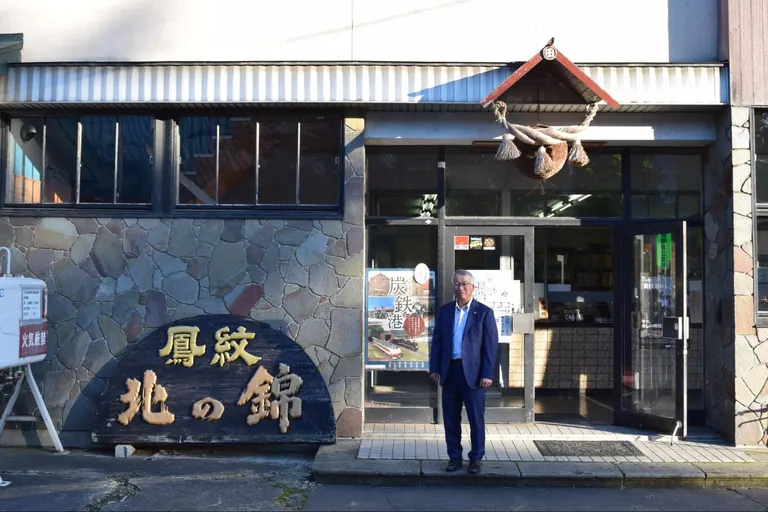
Click here for an article about recipes using fresh ginger that go well with Kobayashi Sake Brewery's sake!
■Now in season! Snack recipes using fresh ginger from Kuriyama Town, HokkaidoLeft: Beef simmered in ginger Right: Fresh ginger and seaweed sandwich
Kobayashi Sake Brewery
coordinator
 Chef
Matsuda Maeda
Chef
Matsuda Maeda
I live in Hokkaido. I am an Italian chef who loves kelp. dancyu series "Where is kelp going?" Ethical is delicious!! "Visiting the terroir of kelp" Recipes supported by magazines, TV, newspapers, and municipalities. Chef recipes published in "Japan: The power of food made from the bounty of the sea"






